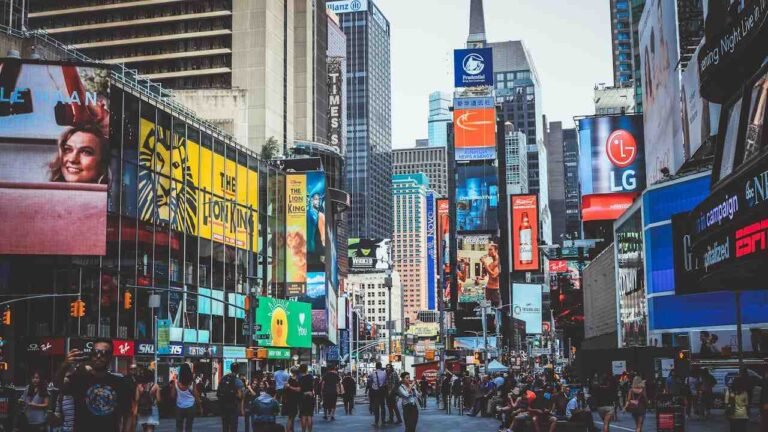U.S. $442 Visa Fee Hike Sparks Tourism Concerns Worldwide
The U.S. will raise its visa fee to $442 on October 1, 2025. This makes it the most expensive in the world. Tourism experts warn that this could worsen the already noticeable decline in international arrivals, which has cost the U.S. $12.5 billion so far this year.
Why This Fee Hike Matters Now
Travelers from Mexico, India, Brazil and China will be hit by the new $250 “visa fee”. The new fee comes after international arrivals fell 3.1% in July 2020, the fifth consecutive monthly decline.
World Travel & Tourism Council predicts that international visitor spending will drop to $169 billion by 2025 from $181 billion in 2024. The U.S. is the only country among 184 countries that will see its tourism spending fall this year.
The tourism industry supports 20 million American jobs and generates tax revenues of $585 billion annually. Each 1% decline in international tourists costs the economy $1,8 billion.
Industry Leaders Sound the Alarm
Gabe Rizzi is the President of Altour Global Travel Management Company. He said, “Any friction that we add to travelers’ experience will reduce travel volume by a certain amount.”
Julia Simpson, CEO, World Travel & Tourism Council, warned: “While others are rolling out the welcome carpet, the U.S. Government is putting up a ‘closed sign'”.
The U.S. Travel Association referred to the fee as “a giant step backwards.” Erik Hansen said that the fee “adds a financial barrier to international visitors.”
Tourism Economics had originally predicted a 10% increase in travel from overseas to the U.S. by 2025. Arrivals are now expected to fall 3%.
Economic Impact Hits Key Cities Hard
The biggest gateway cities are facing the most severe losses. Las Vegas experienced an 11.3% drop in visitors in June 2025, compared with the same month of 2024. Hotel bookings in New York City, Miami and Los Angeles are softer than expected.
The Canadian tourism industry is expected to drop by nearly 32% between March 2025 and the towns near the border.
The airlines are seeing a reduction in demand for flights to U.S. destinations. Hotel occupancy is down for the fourth consecutive month, through June 2025.
Key Markets Show Sharp Drops
The fee threatens the rare growth in Latin America. The first half of 2020 saw a 14% increase in travel from Mexico, Argentina, 20% and Brazil, 6%.
Chinese travel is 53% lower than 2019 levels. India has seen a 2.4% drop this year due to an 18% decline in student visas.
Bookings for early summer from Canada, the top source of U.S. tourists, are down by over 20% in comparison to last year.
Western Europe visitor numbers fell by nearly 5% between 2025 and 2035, with the UK dropping 15% and Germany falling 1.6%.
Growing Policy Concerns
Experts say that the visa fee is a further restriction on immigration, which has led to a decline in America’s global appeal.
Recently, the Trump administration proposed a shorter visa period for media representatives and students. Pilot program requires bonding up to $15,000 on certain business and tourist visas.
Travel agents are worried about retaliation by other countries. James Kitchen, the owner of Seas 2 Day & Travel in the UK, said that many clients were concerned about other countries introducing reciprocal charges as a response.
Brand USA’s funding was cut from $100 million to $20 million.
What Travelers Should Watch For
The tourism outlook is still cloudy as the U.S. prepares for the 2026 FIFA World Cup in Los Angeles and the 2028 Los Angeles Olympics. Tourism Economics predicts a 9.4% drop in international arrivals by 2025. This is largely due to a 20.2% decline from Canada.
Without policy changes, industry leaders claim it will take years to reach the pre-pandemic levels of visitors. It is important that travelers planning a trip to the U.S. apply for visas in advance. They should also budget $250 for any additional fees.



